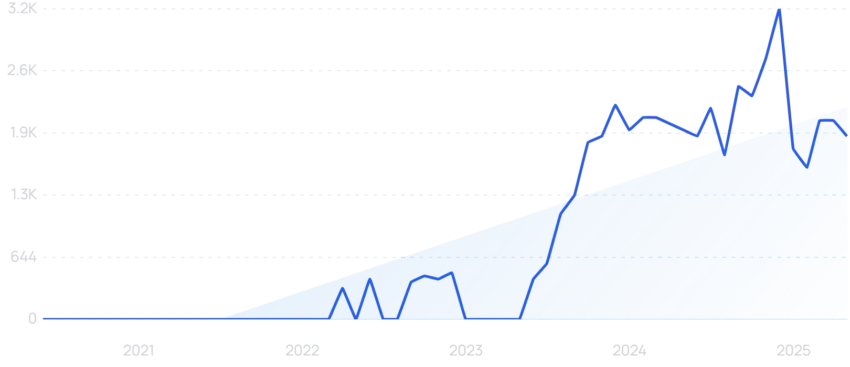TL;DR Summary of How Consumer Behavior Has Evolved Post-COVID-19 Pandemic
Optimixed’s Overview: Unpacking the Lasting Consumer Behavior Shifts Since the Pandemic
Enduring Changes in Shopping and Work Habits
The pandemic fundamentally altered how consumers shop and work. E-commerce
Home Life and Spending Priorities
- Consumers spend more time and money improving their living spaces, driving a rise in renter-friendly and home office products.
- Annual spending on home decor and remodeling has nearly doubled since 2019, reflecting a sustained investment in comfortable living and working environments.
Brand Loyalty and Delivery Expectations
Brand loyalty weakened, especially among younger generations, as consumers prioritized availability and fast delivery. Although cost is now the top factor, fast and flexible delivery options remain highly valued. This shift has led to more frequent purchases with higher return rates, challenging retailers to balance customer satisfaction with profitability.
Social Commerce and Emerging Technologies
- Social commerce exploded, with platforms like TikTok Shop achieving massive user engagement and projected multi-billion-dollar sales.
- Healthcare saw rapid innovation, with remote consultations and AI-powered diagnostic tools gaining traction, improving access and efficiency.
- Consumers increasingly adopt home health devices and personalized treatment options, supported by AI-driven recommendations.
Masking and Public Health Behavior
Mask usage in the US has largely declined post-pandemic, though many still consider it important in crowded settings. This contrasts with East Asian countries where mask-wearing remained common long before COVID-19.
Conclusion: Navigating a Shifting Consumer Landscape
The pandemic accelerated pre-existing trends like E-commerce and remote work while temporarily boosting behaviors such as mask-wearing. Now, AI, social commerce, and evolving health priorities continue to reshape consumer behavior. Businesses must leverage tools to monitor these developments and adapt strategies to meet changing expectations effectively.
